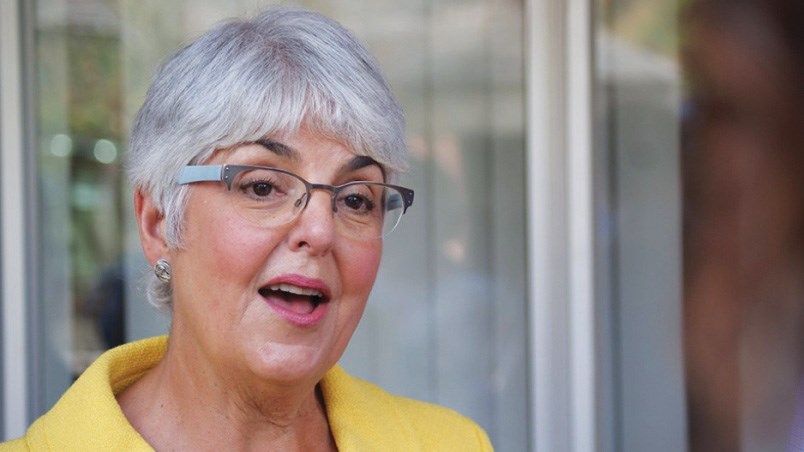Well, it looks like the economic wave the NDP government has been riding since coming to power two years ago is about to hit the beach.
The bad news is outlined in the government’s first quarterly report of the current fiscal year. It’s not so much about what is going on right now, but on what is about to come.
Finance Minister Carole James has slashed her ministry’s forecast of economic growth in the current year by almost one third, from 2.4 per cent to 1.7 per cent. Next year is not expected to be much better: just 1.9 per cent, down from the original forecast of 2.3 per cent.
James preferred to take the “glass is full” approach at her news conference, stressing the budget is still headed to a surplus this year and next year as well and that even with slumping numbers B.C.’s economy is still outperforming other provincial economies.
The employment numbers still look strong and the relatively weak forest fire season saved the government a lot of money.
However, worry signs abound.
Retail sales (a major indicator of consumers’ economic health and confidence) have flat-lined so far this year. B.C.’s economy heavily relies on the exports of commodities, and exports are down three per cent.
The real estate sector has driven the provincial economy for years, and it is turning into a disaster area. Home sales are down 16 per cent, and property transfer tax revenues – which until recently were approaching the $2-billion level – are down almost a half billion dollars already.
Then there is the forest industry, which is the local economy for scores of small towns and communities outside of Metro Vancouver. So far, 6,000 forestry workers either have been laid off or have had to sit idle as their mills are shut down for weeks at a time.
The running count is 25 mill shutdowns or closures, affecting 22 communities. When a mill closes, even temporarily, it has a ripple effect through the entire community (cafés and stores close over time, and non-forestry workers can quickly find themselves out of work too).
Despite this crisis, the NDP’s three-year fiscal plan still lists forest revenues as a $1.1-billion annual revenue stream. This year, revenues are running ahead of forecast but only because of some higher logging taxes, but this does not seem sustainable.
Because of the economic slowdown, a number of other taxes – property, carbon, tobacco, and fuel – are down this year as well, and the decrease will likely be even greater next year.
Then there is ICBC. The government is sticking to its prediction that ICBC’s $1.18-billion deficit will all but disappear this year. We shall see (ironically, the NDP is still projecting to take more than $230 million from ICBC over the next year, a practice it harshly condemned when the B.C. Liberal government did it).
Politically, the timing for all this economic disruption on the horizon could not be potentially worse for the NDP.
By the time the New Democrats test the electorate again in the fall of 2021, voters will have gone through almost two years of economic stagnation or deterioration. Whether it is bad enough for them to sour on the NDP remains to be seen.
You can be sure the B.C. Liberals will use a declining economy – and all those lost forestry jobs – as a hammer to hit over the NDP’s head again and again in the months leading up to the election. Look for the Liberals to tie any economic downturn to the NDP’s penchant for introducing new taxes like the various housing taxes and the new employers’ tax.
In addition, for all her optimism, James did agree that any upheaval on the global economic scene – including a potential recession – could wreak further havoc on the provincial economy. Trade tensions between the U.S. and China are of particular concern.
Still, on paper at least, the NDP is forecasting balanced budgets for the next years. James has baked into her budget huge forecast “allowances” and contingency funds that should be enough of a buffer against tipping into deficits.
However, the good times are clearly over for a while.



